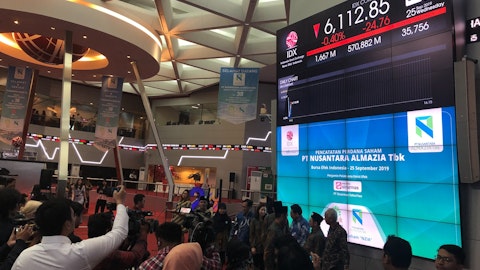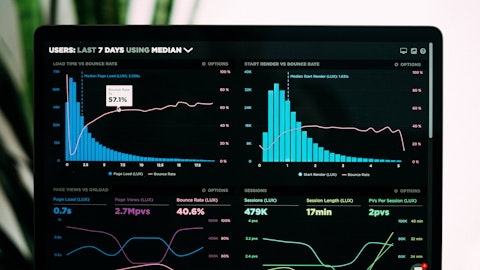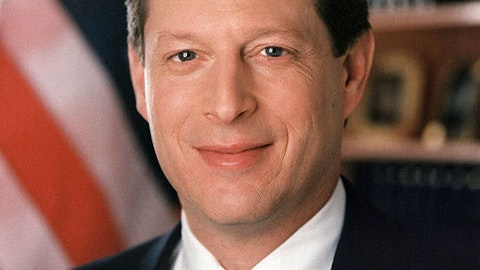Rajiv Ramaswami: Absolutely. As you can imagine, Pinjalim, we are engaged with many of these customers right now. We have a significantly higher level of engagement. A lot of these are prospective customers that aren’t existing ones, and they’re all looking to explore their options and manage these potential risks related to the acquisition. What you should keep in mind is, for many, many years, we’ve been doing these things. We’ve been doing these migrations. In many cases, when we go out there, we insert our solution on top of a VMware platform, right? Customers are running vSphere, we go in there and we insert AOS, which is our software-defined storage. And over time, customers may choose to use our own hypervisor AHV, instead of the VMware hypervisor.
So we have a lot of experience with doing migrations for our customers. Now the large is the environment, the more complex it is and we know that. And typically, we will do this one workload at a time, for example. They will pick us for one use case and then over time, we will expand and other use cases. Historically, it used to be in the computing, but these days, we do databases. We do all mission-critical workloads, all of this. So we have a lot of experience doing these migrations. That said, Pinjalim, I think what you heard — yes, this is complex, it’s going to take time, and this is why we are not factoring in any significant benefit in our fiscal ’23 outlook. We expect these cycles to be long, typically nine, 12 months for some of the larger deals.
Operator: Our next question comes from the line of Jim Fish with Piper Sandler.
Jim Fish: I wanted to build off the last couple of questions, actually. Maybe could you talk about the push-pull effect you’re seeing with the demand environment given that ability to consolidate the competitive landscape, especially on the VMware side and maybe even the traditional storage perspective as well as just the HCI market against those traditional storage guys versus the general macro environment. It sounds like, Rajiv, you’re talking about an increased lengthening of deal cycles. Is there a way to think about how much longer deals are also taking? So net of my question is, what are you seeing for the push-pull on all these kind of factors on demand? And is there a way to quantify how much longer these deals are taking?
Rajiv Ramaswami: Yes. Jim, indeed, there is a push and pull on this, as you say. So first on the macro. We see strong performance from our renewals and that’s been continuing. And of course, that helps reduce the risk in our business model and the guide that we put out there. Now we have taken into account the current macro environment. As you say, right, in terms of the impact that we are seeing, we have been seeing greater inspection. Now what I would say is, what that means is, very — I would say, so far, it has been a modest increase in the average sales cycle, right? The time it takes to close the deal goes up a bit, and we’re seeing this across both in new logos or new customers and existing customers looking to expand, right?
They’re just being a little bit more careful, taking some more time to review the economics of everything and looking at the TCO benefits. Now that said, we do have strong TCO benefits that typically compared to legacy infrastructure. So when you look at the dynamics vis-a-vis the second piece of it, which is compared to third party or legacy 3-tier storage, I think those dynamics are largely the same. When there is, for example, time for a refresh or any kind of modernization effort, the customers compare HCI versus 3-tier, and then able to show a better TCO, a much more modern ability for them to go build a cloud platform. And that dynamic hasn’t really changed. Clearly, the VMware dynamics certainly will help in the long term, but not in the short term.





